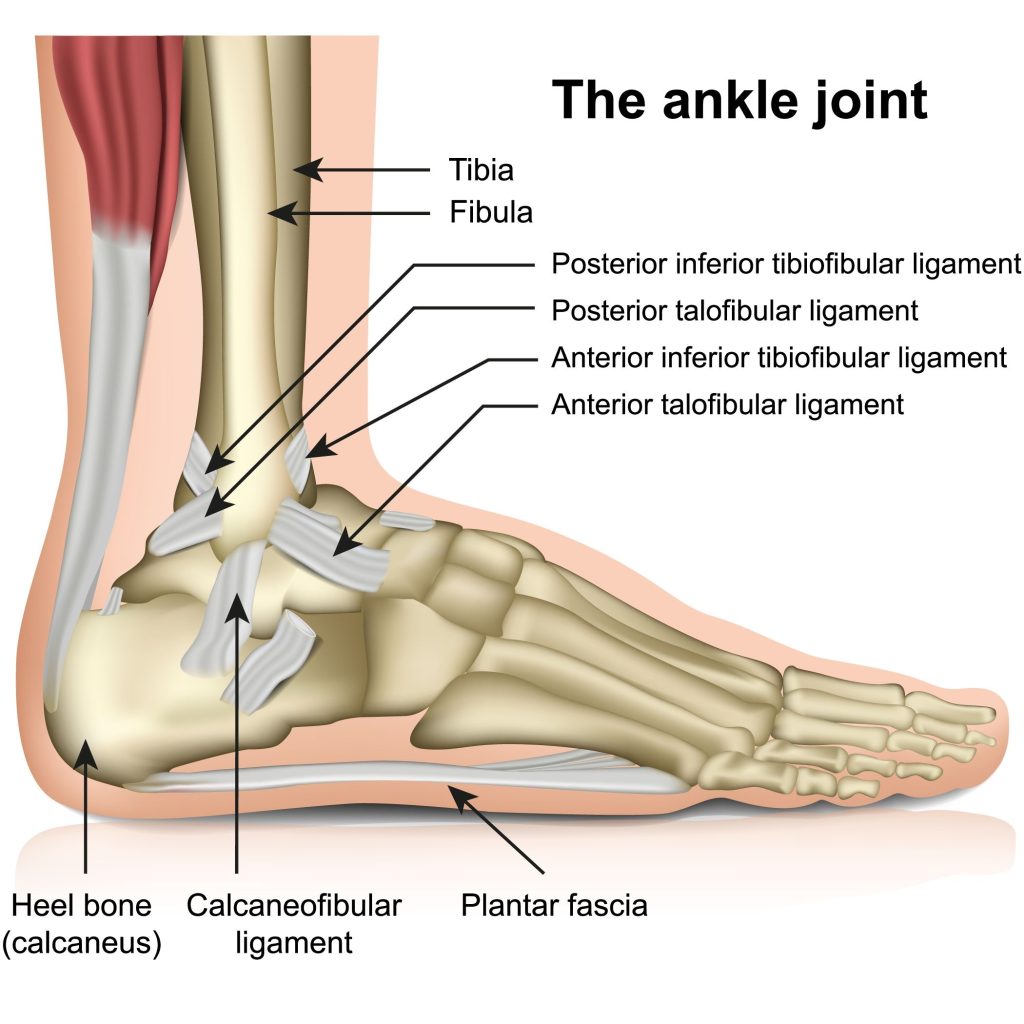Mark Kopec Now
Tibia/Fibula Fracture
Treatment Options and Potential Complications with Baltimore Tibia/Fibula Lawyer Mark Kopec
Welcome to the Kopec Law Firm’s comprehensive guide on fractures of the tibia and fibula. This page aims to provide valuable information about the treatment options available for these fractures, as well as potential complications that may arise during the treatment process. It also provides information about pursuing a medical malpractice claim. If you have been injured, then you may need Baltimore Tibia/Fibula lawyer Mark Kopec.
Anatomy
The Tibia and Fibula
- The tibia (shinbone) is the larger of the two bones in the lower leg.
- The fibula is the smaller bone situated on the outer side of the tibia.
- These bones form the lower leg and also support the majority of the body’s weight.
- They are crucial for activities like walking, running, and jumping.
Key Structures
- Joints: The tibia and fibula articulate with the knee joint at the top and the ankle joint at the bottom.
- Ligaments: Strong bands of tissue that connect the tibia and fibula to other bones and provide stability.
- Blood Vessels and Nerves: Numerous blood vessels and nerves run along the tibia and fibula, generally supplying blood and sensation to the surrounding tissues.
Diagnosis
Doctors for Diagnosis
- Emergency Medicine Physician: Initially evaluates the patient, stabilizes the injury, and may order initial imaging studies.
- Orthopedic Surgeon: Specializes in diagnosing and treating bone and joint injuries, including fractures. They conduct a thorough physical examination, order necessary tests, and develop a treatment plan.
Diagnostic Tests
- X-rays: Standard imaging technique to visualize bone fractures and assess the extent of the injury.
- CT Scan: Provides more detailed 3D images than X-rays, helpful in complex fractures or when assessing soft tissue damage.
- MRI: Used to evaluate soft tissue injuries, such as ligament damage or nerve involvement, which may not be visible on X-rays or CT scans.
Medical Providers for Treatment
- Orthopedic Surgeon: Primarily responsible for treating tibia/fibula fractures, including surgical and non-surgical options.
- Physical Therapist: Plays a crucial role in rehabilitation, guiding patients through exercises to regain strength, range of motion, and function.

Treatment Options
Non-Surgical Treatment
Immobilization: In cases where the fracture is stable and the bones are well-aligned, immobilization using a cast, brace, or splint may be recommended. This allows the bones to heal naturally over time.
Weight-bearing restrictions: Patients may be advised to avoid putting weight on the affected leg during the healing process to prevent further damage.
Complications of Non-Surgical Treatment
- Delayed healing: In some cases, fractures may take longer to heal, leading to extended immobilization periods and potential complications.
- Malunion: Improper alignment of the fractured bones during healing can result in malunion, where the bones heal in a misaligned position.
- Nonunion: In rare cases, the fractured bones may fail to heal completely, leading to a condition known as nonunion.
Surgical Treatment
Internal Fixation: This involves the use of metal plates, screws, or rods to stabilize the fractured bones and promote proper healing.
External Fixation: In certain complex fractures, external fixation devices may be used to stabilize the bones from outside the body.
- Complications of Surgical Treatment
- Infection: Surgical procedures carry a risk of infection, which may require additional treatment and prolong the recovery process.
- Nerve damage or blood vessel damage: During surgery, there can be injury to nearby nerves or blood vessels, which may result in sensory or motor deficits.
- Hardware-related complications: Metal implants used for fixation may cause irritation, discomfort, or require removal in some cases.
Potential Medical Malpractice Claims with Baltimore Tibia/Fibula Lawyer Mark Kopec
- Misdiagnosis:
- Failure to accurately diagnose the fracture type or severity.
- Missing associated injuries, such as ligament or nerve damage.
- Treatment Errors:
- Improper casting or splinting, then leading to delayed healing or complications.
- Surgical error, resulting in complications like infection, non-union (failure of the bone to heal), or malunion (bone heals in an incorrect position).
- Failure to Obtain Informed Consent:
- Not adequately explaining the risks and benefits of different treatment options.
- Negligent Post-operative Care:
- Inadequate monitoring for complications (e.g., infection, compartment syndrome).
- Delayed or inadequate rehabilitation.
Next Step: Call Baltimore Tibia/Fibula Lawyer Mark Kopec
Fractures of the tibia and fibula can be treated through non-surgical or surgical methods, specifically depending on the severity and complexity of the fracture. Complications during the treatment process can occur. If you believe you have experienced medical malpractice, it is important to seek legal advice from a professional specializing in medical negligence cases. We can assess your specific situation, gather evidence, and advise you on the best course of action.
Visit our free consultation page or video. Then contact the Kopec Law Firm at 800-604-0704 to speak directly with Attorney Mark Kopec. He is a top-rated Baltimore medical malpractice lawyer. The Kopec Law Firm is in Baltimore and pursues cases throughout Maryland and Washington, D.C.





